How a New Book and Exhibition Will Celebrate The Legacy of Gateshead Artist Charlie Rogers
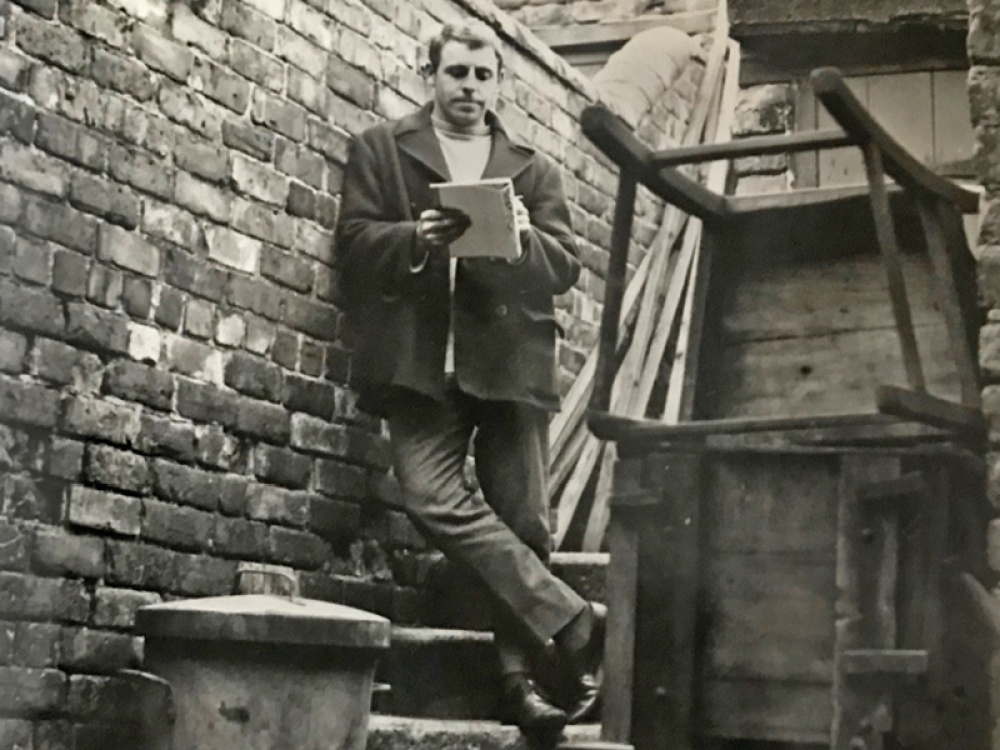
A new exhibition is celebrating the life and works of late Gateshead artist Charlie Rogers, alongside a new book which will feature the first published collection of his work
Charlie was born near Saltwell Park in Gateshead and played in local amateur football leagues for years, but got into art when he was recovering from a footballing injury at the age of 34. He painted what he saw – schools, churches, streets, parks and local people going about their daily lives on Tyneside. In the mid-‘60s Charlie took evening classes at Newcastle's College of Art and Design and soon enough he was exhibiting his work in galleries (including the Laing Art Gallery) by which time Charlie was a full-time artist heading out with palettes in his pocket whilst also depicting his family life at home.
Charlie often said he was ‘pursued by bulldozers’ and his documenting of past people and places has created a legacy for future generations. He eventually moved to Low Fell and one of his final exhibitions was hung in the local library in 2016. Charlie passed away in 2020.
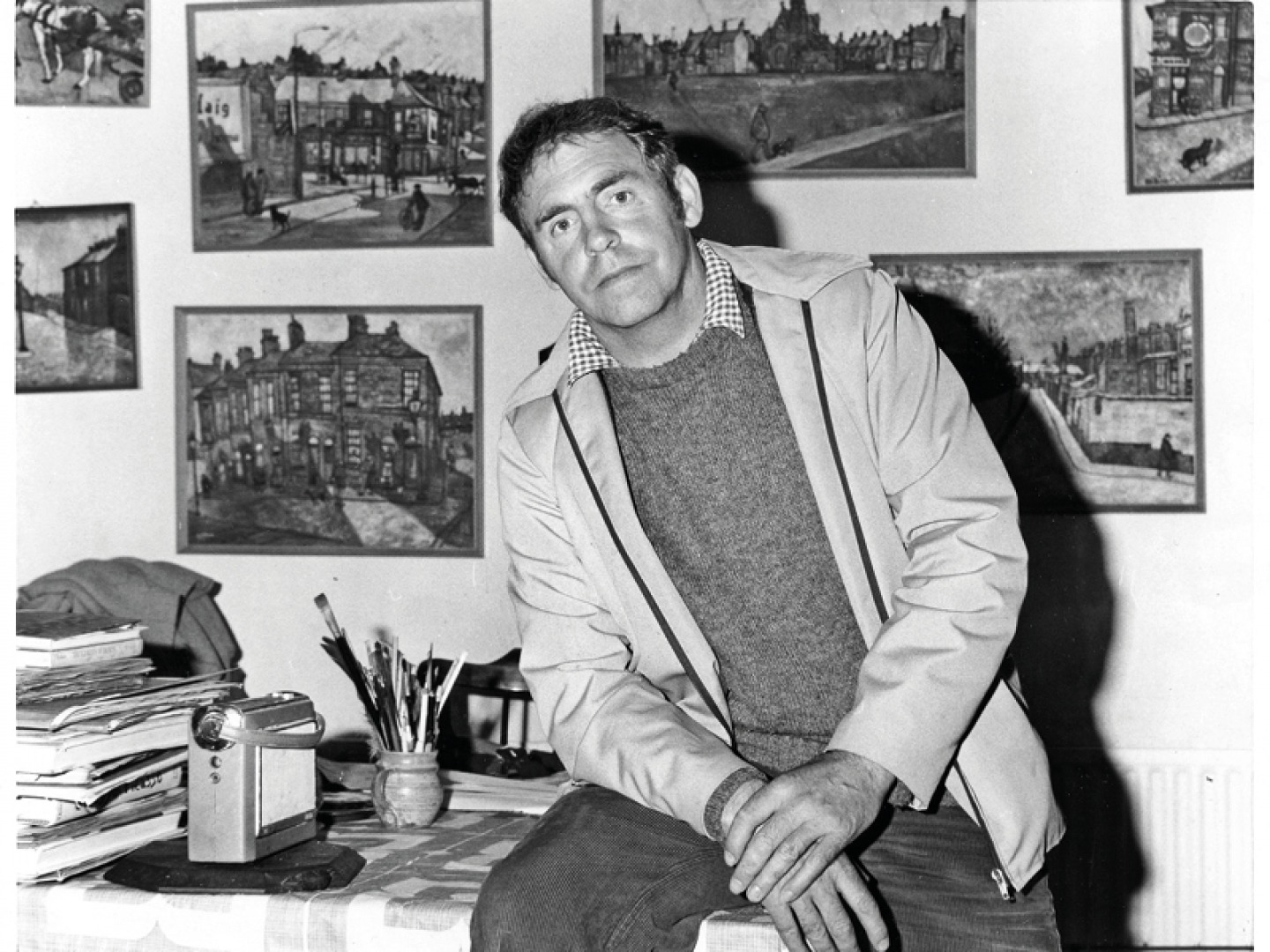
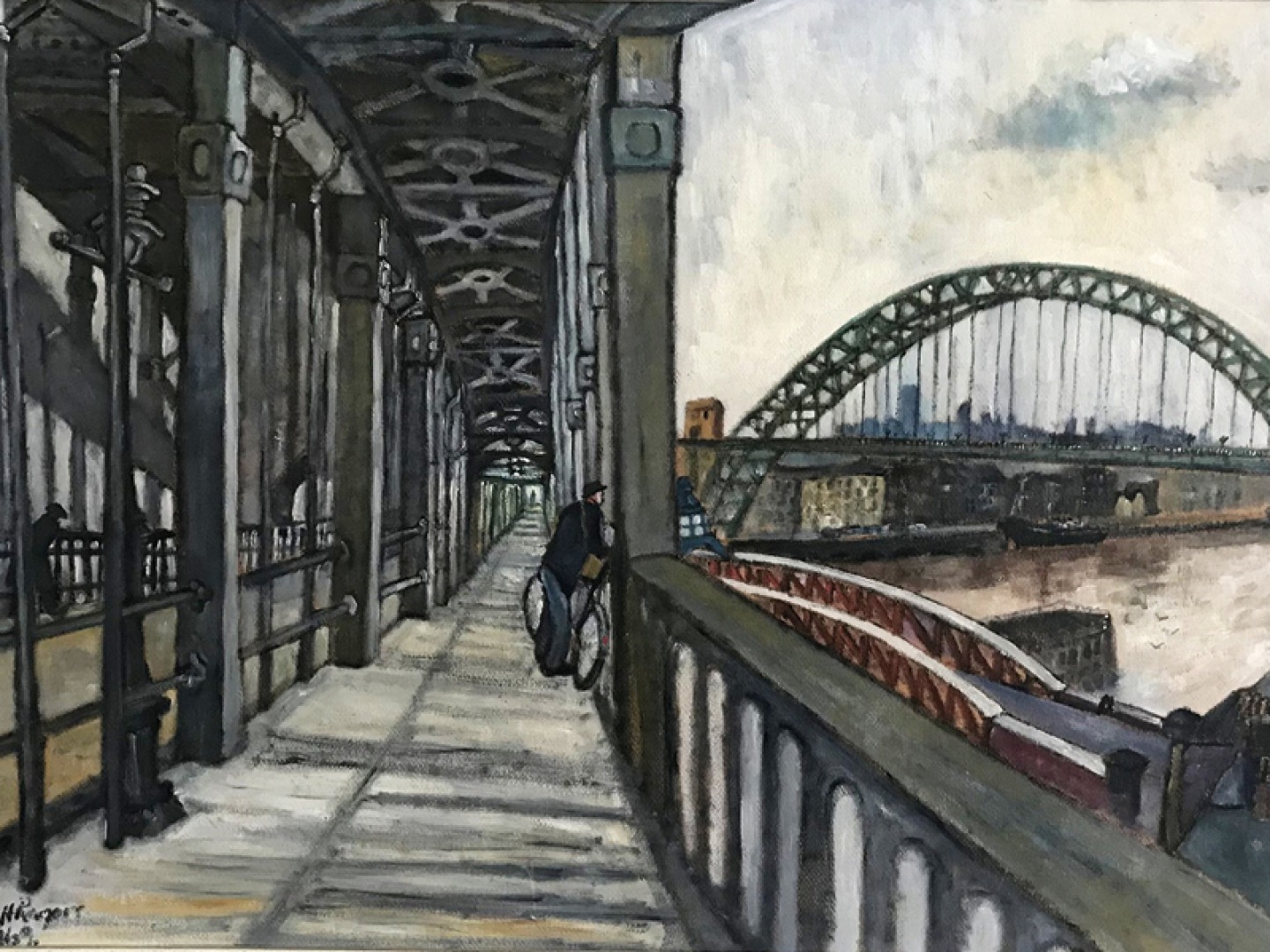
When artist Brian Rankin, who has lived in Gateshead all his life, was setting up his new gallery (Come View My Art Gallery in Low Fell) in 2023, he discovered the legacy left behind by Charlie. ‘A relative asked if I’d like them to reach out to Charlie’s son to see if I could take a look at his dad’s work, and what I found that day was amazing. Hundreds of thousands of pieces of wonderful artwork,’ Brian tells us. ‘As a collection, it cumulates around 60 years of the heritage and everyday life of Tyneside, in much the same way as L. S. Lowry, and Norman Cornish who hailed from Spennymoor.’ Whilst finding out more about Charlie’s life, Brian discovered that he was in fact friends with the two renowned artists. Charlie and Norman Cornish would go on sketching trips in each other’s patches. In fact, Charlie painted Norman drawing in Spennymoor and Norman sketched Charlie looking at a painting by L. S. Lowry at the Stone Gallery in Newcastle.
Brian is working to bring more attention to Charlie’s work so that he is recognised on the same level as L.S. Lowry and Norman Cornish. ‘This takes it to a new level,’ he explains. ‘It’s an ongoing thing, and there’s still lots of stories coming in, but the great thing about having the gallery is that people will come and sit down, have a cup of tea and tell you their experiences of having met Charlie, or having bought some of Charlie’s paintings.’
Charlie’s work is impressionistic. ‘He started off with oil paintings but he had to stop because he was painting so frequently that it affected his chest. So his early work is oils, and very vibrant. Then he went onto watercolours and a series of hundreds followed,’ says Brian. ‘His favourite medium was a black biro pen, would you believe. He liked working outdoors, whenever weather permitted, and had his favourite locations, but it wasn’t just Gateshead. Charlie never owned a car, but he would walk across the bridges to Newcastle. The significance of Charlie’s work is just as important to Newcastle folk.’
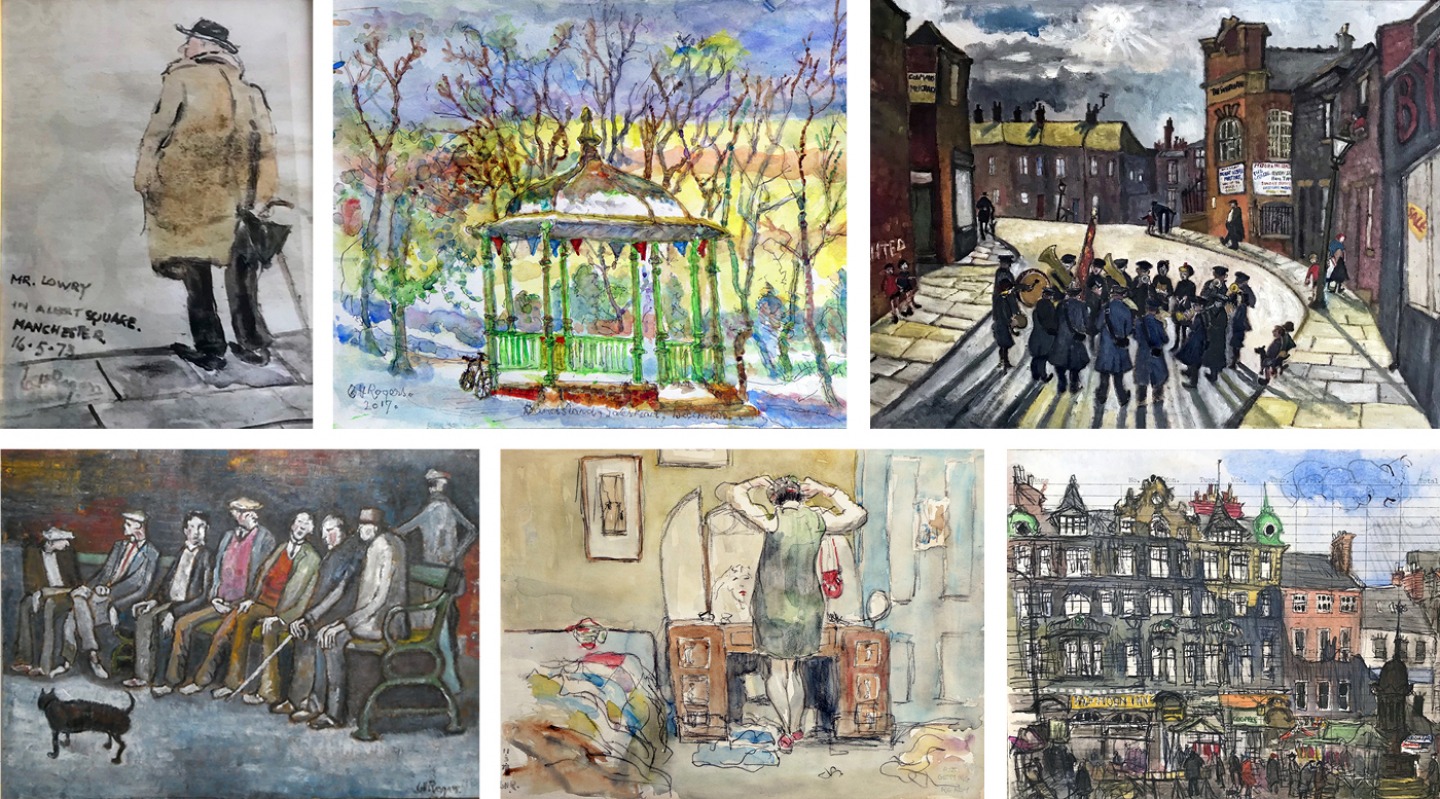
Whilst he never moved out of the area, he did travel. He would hitchhike through Europe to sketch the streets of Montmartre in Paris and lived in caves in Southern Spain.
Truly inspired, it’s no surprise that Brian has dedicated a section of his gallery to Charlie’s work – a permanent, free exhibition simply titled The World of Charlie Rogers. ‘Our priority was letting the younger generations know about this because if Charlie’s legacy is going to carry on, it needs to be shown to our children,’ he says, and so Brian has been giving talks and visiting local schools, where children are now studying Charlie’s work. ‘Recently 30 six year olds were marched from South Street Community Primary School to the gallery. The interest from the children was incredible,’ he continues. ‘Charlie Rogers painted over 150 paintings just within Saltwell Park. All Gateshead children have been to Saltwell Park and know it very well so you can imagine their hands were flying up. The way I judge whether or not I’ve been successful with a talk is by asking, at the end, if anyone has any questions. Pretty much every child put their hand up. That’s when you know you’re making a difference, and it’s reassurance that all the hard work you’re putting in (and it’s been a big job gathering all the information) is all worthwhile.’
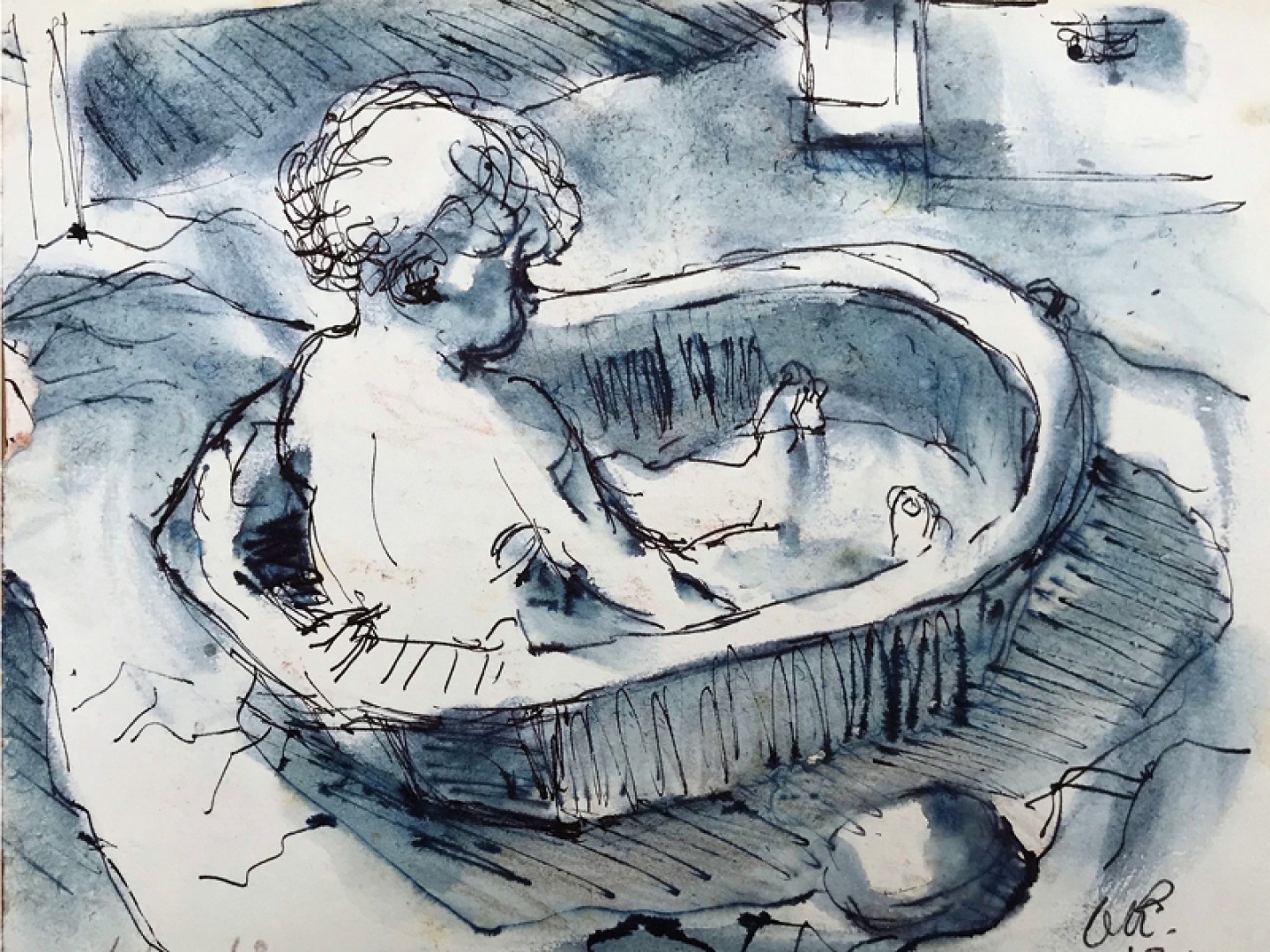
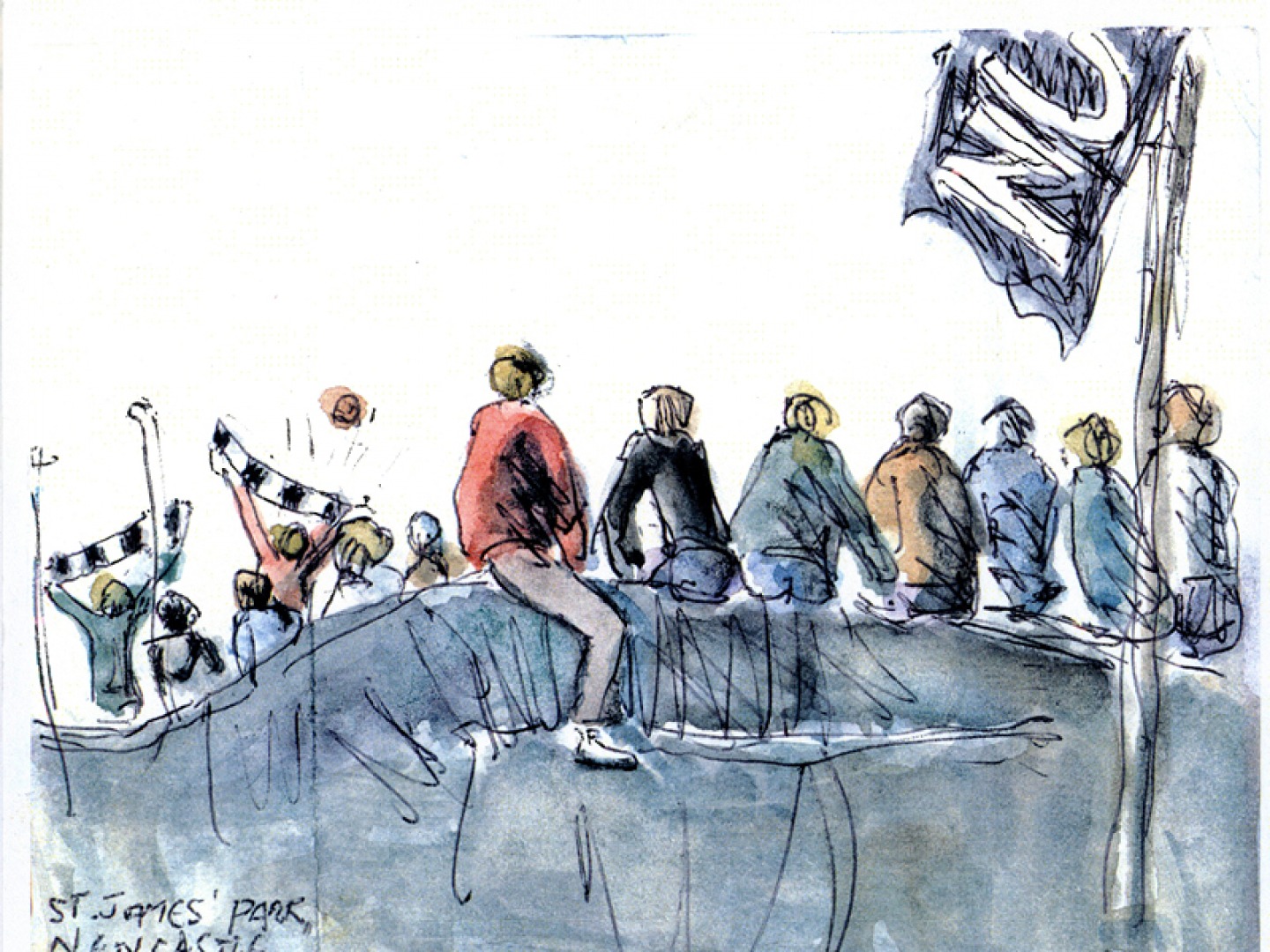
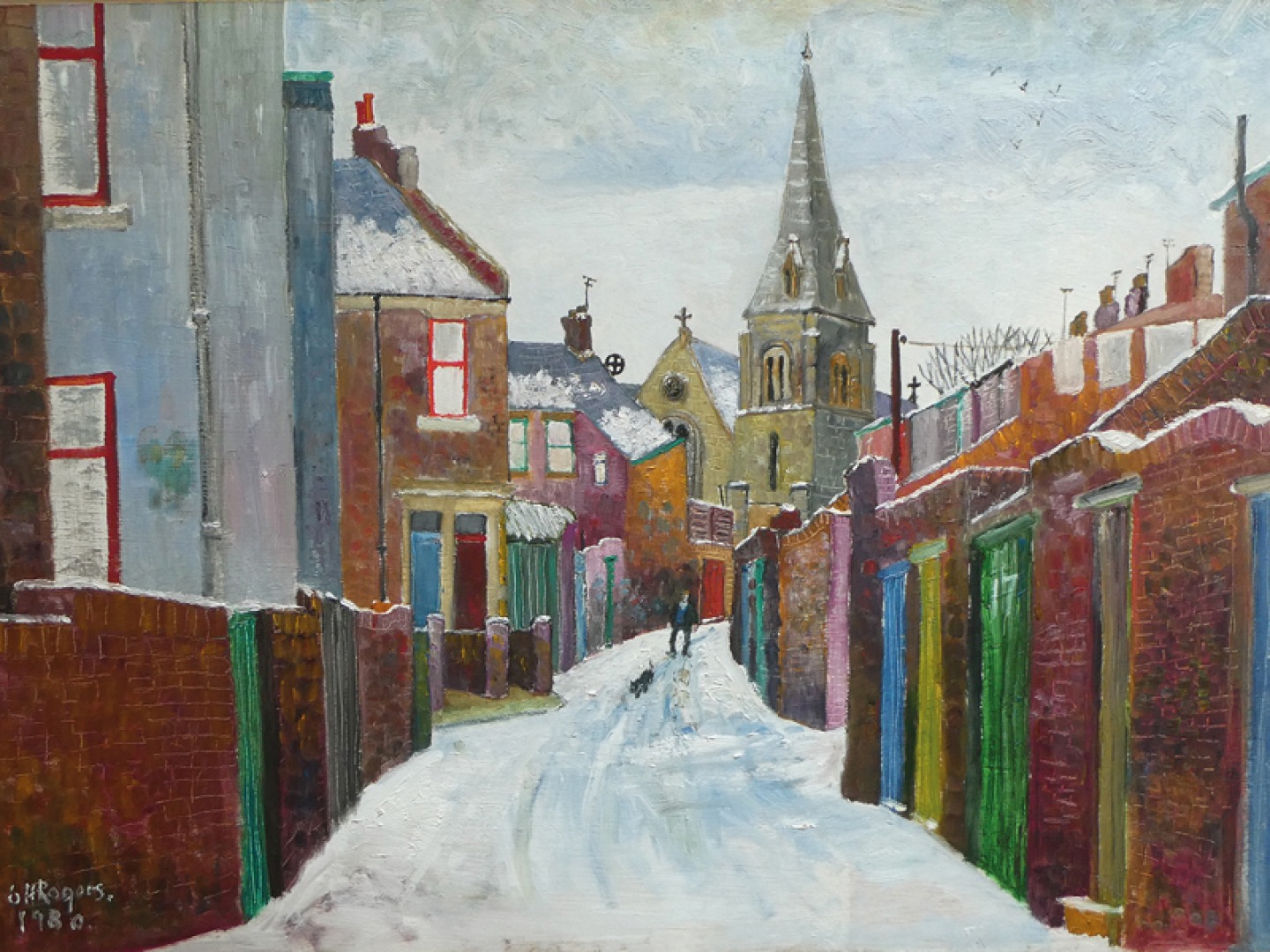
But that’s not all. All the information Brian has discovered through his research has come together and he has worked with a team of Gateshead locals to produce a new book, Pursued by Bulldozers, which will feature the first published collection of Charlie’s work. ‘I’m so proud to have found his story and to have published this fantastic book,’ he says. ‘Together we have produced something very special. I think it’ll surprise a lot of people as well. For the people of Tyne and Wear especially, it’s huge.’ Alongside Charlie’s art are anecdotes of how former footballing teammate Dennis Donnelly became Charlie’s mentor and agent, selling paintings on his behalf. Brian hopes that Pursued by Bulldozers will be shared in libraries and schools, and will act as a record of the social, economic and industrial landscape in our region, and every day life in Tyneside.







